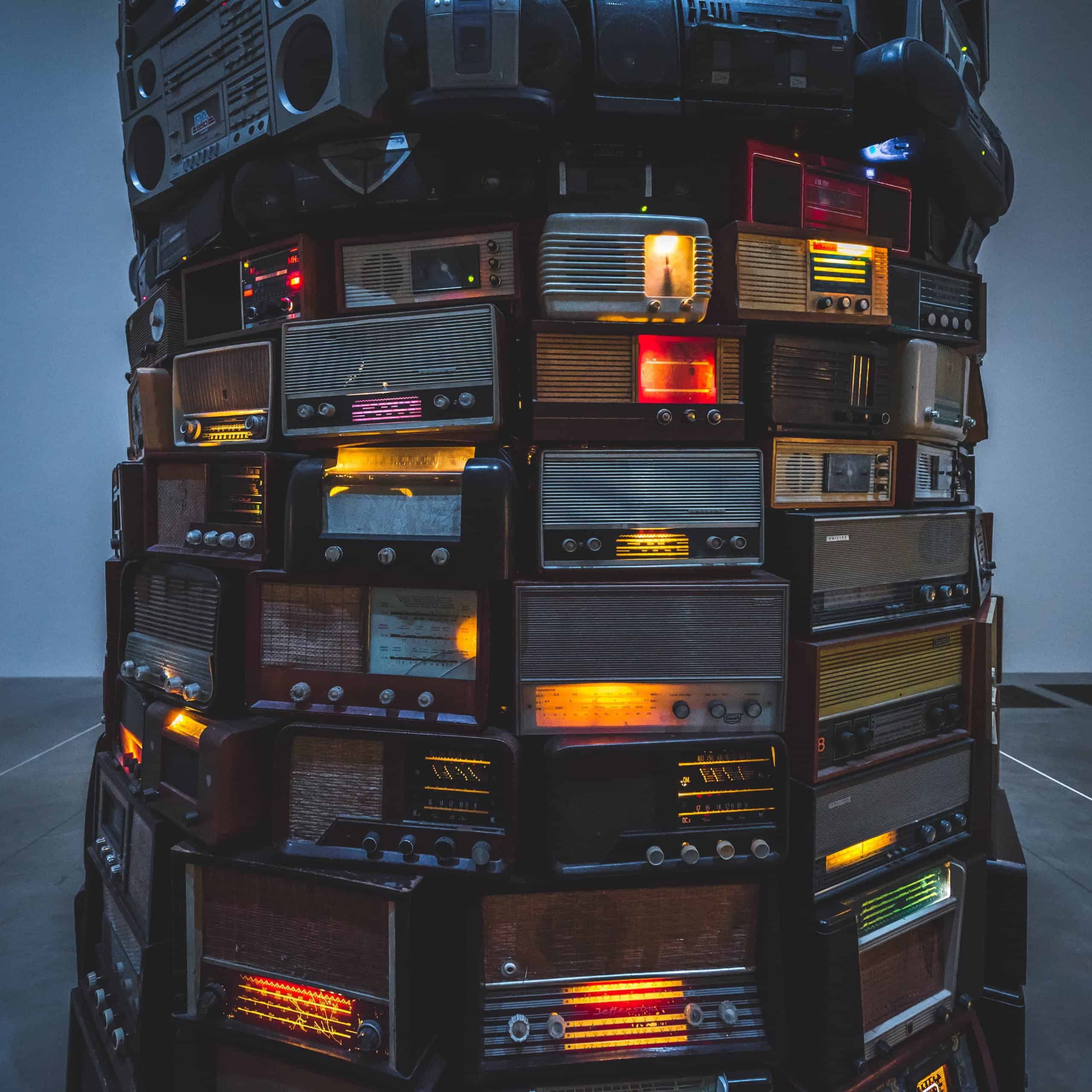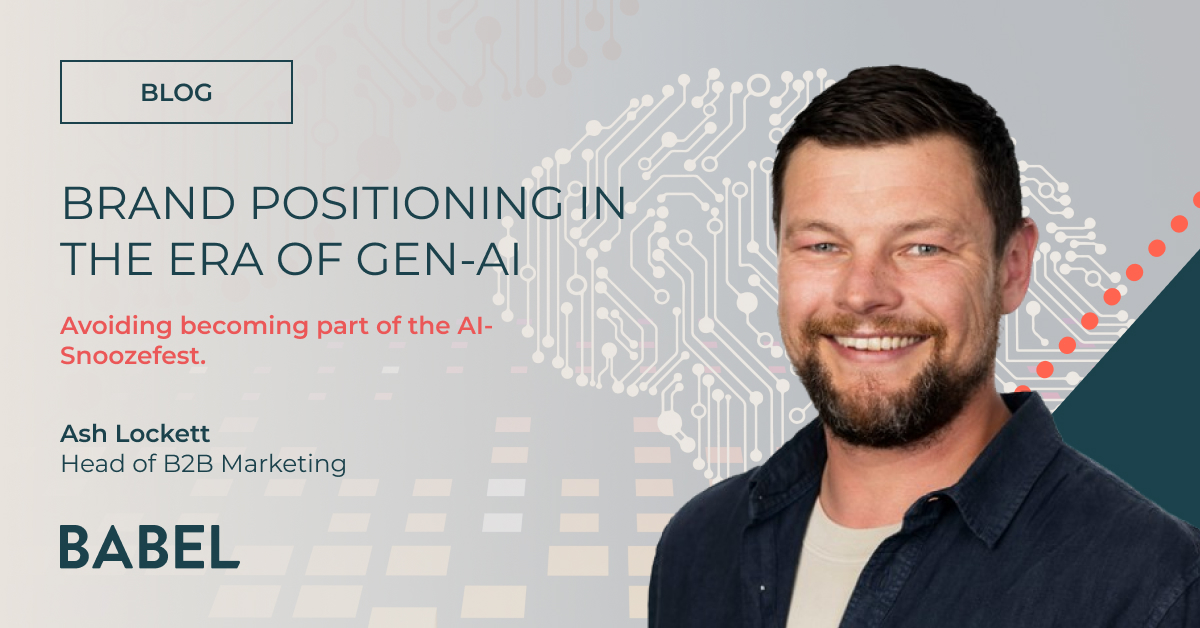
Why video didn’t kill the radio star
As it’s World Radio Day, we wanted to take this opportunity to celebrate everything about the medium that connects audiences and communities around the world. No other medium has the power to reach an audience so directly through a mass medium channel. Nowadays, with digital developments and the continued rise of the podcast, radio and audio is something that all brands should be making the most of. Below are my tips on the case for radio, the often-overlooked PR channel, and how brands can own the airwaves.
Why radio?
- Radio is everywhere
Radio is the one medium that can reach an audience anywhere: listeners can consume radio content whilst doing other things. You don’t need to get them to click on it or go there and read it in the same way as you do with social or print. Think about it, when you turn your car on, the radio automatically turns on as well. What brands need to think about is finding the right station or programme to be associated with.
- Packaged podcast
With podcasts, brands can create tailored content for their fanbase, specifically focused on the issues their audience is interested in and repeat it to create loyalty and engagement with their target audience with relative ease.
- Cost effective
Be it creating a podcast, targeting a news programme or delivering a media package, radio can reach a targeted audience much more cost effectively than video. It is also logistically easier to pull together than adding in the extra visual element. Video is great for certain brands, but if budgets are tight, don’t forget its audio cousin.
Becoming a radio star
- Make the listener care
As with any medium, you need to know who you are communicating to. What motivates them, what interests them, what their concerns are – so you can connect and make them care about what you are saying. It must be about the story; you don’t have visuals to attract people or grab their attention. If you can do this well on radio, you become their podcast of choice, or the spokesperson that the producer wants to get back on to give their views or to take part in a debate.
- Talk to one person
Radio is a mass medium, targeted at one person. As spokespeople, you need to imagine that you’re having a conversation with one person through the mic. Who is it that you’re telling your story to? Focus on them alone: if you try and reach everyone, it won’t work.
- Be yourself
You may not have a camera on you, but that can be deceptive. If you want to engage an audience in an audio-only statement or story, it must come across as real. To that end, the best spokespeople for radio are those that can be themselves, and being themselves is charismatic and entertaining. When planning campaigns, and thinking about radio, you need to think about ‘the talent’, who will be driving the delivery of your hard thought out campaign messages and if they are the right fit.
Radio is so often underused in PR campaigns, but it is an excellent channel if planned correctly. If you want to know about how to use radio in your communications programmer, give Babel a call and we can chat through how best to create a campaign with radio at its heart.





